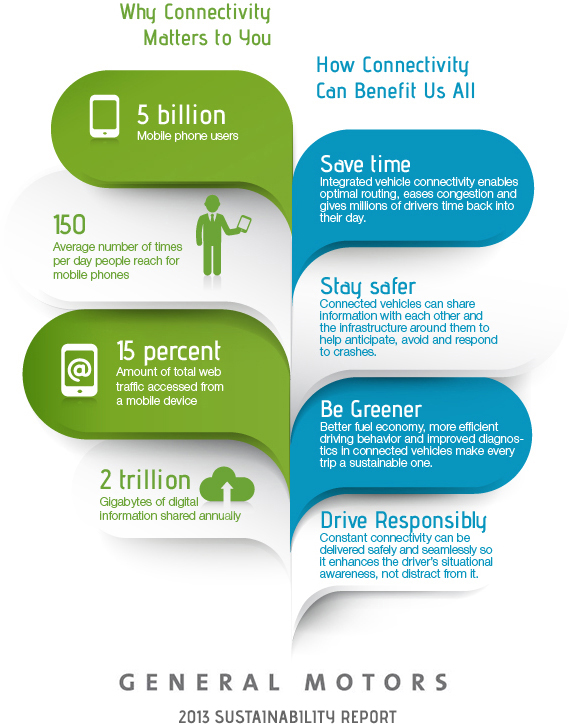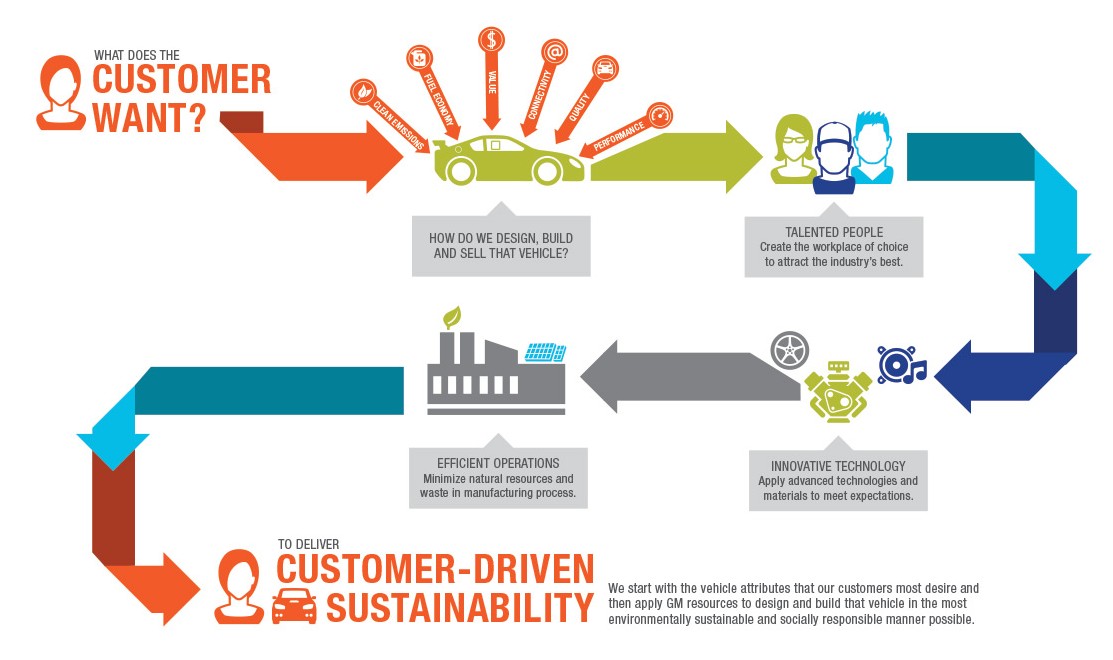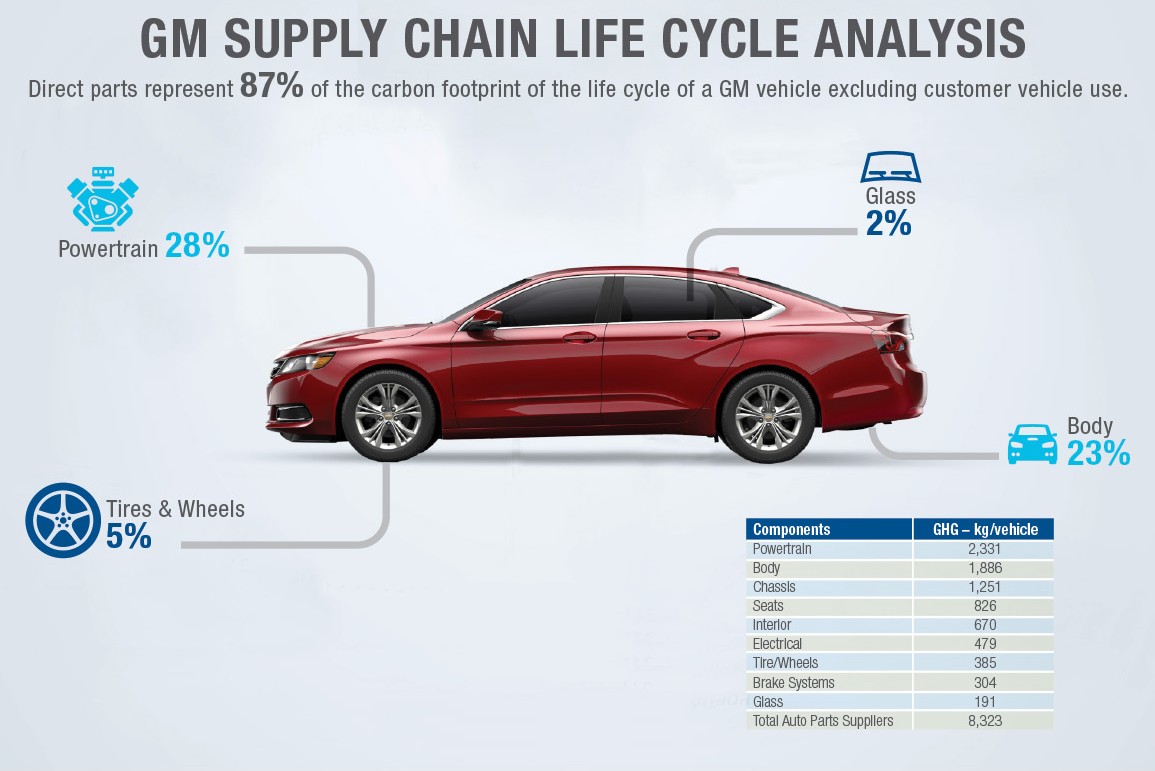GM AND ONSTAR AIM TO HELP BUCKLE UP AMERICA
 NHTSA’s ‘Click it or Ticket’ campaign opens amid rise in unbelted deaths
NHTSA’s ‘Click it or Ticket’ campaign opens amid rise in unbelted deaths
DETROIT – The National Highway Traffic Safety Administration’s ‘Click it or Ticket’ public safety campaign opens this year amid the first increase in fatalities in five years for unrestrained passenger vehicle occupants.
General Motors and OnStar are joining in the effort to get people to buckle up whenever they’re in a vehicle.
According to NHTSA, wearing a seat belt is the single most effective way to reduce fatalities in motor vehicle crashes. The Click It or Ticket enforcement mobilization aims to continue to help raise the national seat belt use rate beyond the estimated 87 percent in 2013.
In support of the Click it or Ticket campaign, GM is announcing plans to launch a new Belt Assurance System on select fleet vehicles later this year. This belt assurance system was developed by GM to help ensure the driver and right front passenger are belted prior to the vehicle being driven. This system does not allow shifting from “park” until the driver and right front seat belts are buckled.
“Customer safety is on the forefront of everything we do. It is essential for the safety of our customers’ and all drivers’ safety to develop the habit of buckling up each and every time they get into their vehicles,” said Jeff Boyer, vice president, GM global vehicle safety. “We continue to support this program by NHTSA to remind our drivers to buckle up each time they start their vehicles while also developing other safety features like our Belt Assurance System.”
According to NHTSA, seat belts saved an estimated 12,174 people from dying in 2012. From 2008 – 2012 seat belts saved nearly 63,000 lives.
OnStar will be supporting the effort by reminding subscribers who press the blue OnStar button for non-emergency requests to “Remember to stay buckled up.” The reminder will take place throughout the duration of NHTSA’s Click it or Ticket campaign today through June 1.
General Motors applauds the efforts of law enforcement officers and safety officials who are mobilizing across the nation May 19 through June 1 to enforce safety belt use laws in order to save lives and prevent injuries, Boyer said.
GM OUTLINES EFFORTS TO TRANSFORM TRANSPORTATION
Sustainability report shares progress toward a more enduring industry
DETROIT – Facing an automotive industry that is unsustainable in its current form, General Motors is restructuring its global vehicle portfolio, rethinking manufacturing and collaborating with unlikely partners to advance the industry.
The company is working to transform transportation and describes its efforts in its latest sustainability report.
“Our customer focus underscores why sustainability is and will continue to be a core strategy for GM,” said CEO Mary Barra. “People care about more than the cars. They care how we build them, and how we engage with the world around us. This knowledge, and the discipline that flows from it, is transforming our approach to product design, manufacturing, safety, quality, the environment, customer care and a host of other areas at a remarkable pace.”
From smaller and cleaner high-performing engines to mass reduction and improved aerodynamics, vehicle efficiency efforts will reduce carbon emissions and increase fuel economy while meeting a variety of customer needs. The company now has five models achieving more than 40 miles per gallon. GM progressed in all four of its product commitments in fuel economy, electrification and emissions reduction, and added another to tackle its biggest market. It has committed to reducing the average carbon emissions of its China fleet by 28 percent by 2020, which could result in an annual reduction of 2 million metric tons of CO2 and avoid the use of 1 billion liters of gasoline.
 GM had 153,034 electrified vehicles on the road as of 2013, moving along its path to reach 500,000 by 2017. Last year the company launched two new electrified vehicles, the Chevrolet Spark EV and the Cadillac ELRextended-range electric vehicle. They join the Opel Ampera in Europe, the Chevrolet Volt, the best-selling U.S. plug-in electric vehicle of 2012 and 2013, and the Chevrolet Springo EV in China.
GM had 153,034 electrified vehicles on the road as of 2013, moving along its path to reach 500,000 by 2017. Last year the company launched two new electrified vehicles, the Chevrolet Spark EV and the Cadillac ELRextended-range electric vehicle. They join the Opel Ampera in Europe, the Chevrolet Volt, the best-selling U.S. plug-in electric vehicle of 2012 and 2013, and the Chevrolet Springo EV in China.
“Climate change, energy security, and congestion challenge our environment and our industry, but we see value in the disruption,” said Mike Robinson, vice president, GM Sustainability and Global Regulatory Affairs. “We are reimagining transportation using a long-term, customer-centric approach.”
As more people expect their cars to have the technology they use everywhere else in their lives, GM satisfiesconnectivity demands while enabling a more sustainable transportation future. Customers can use OnStar route optimization to find ways around congestion and receive real-time feedback on how to drive more efficiently. GM also is working toward a vision for connected vehicles that share information with each other and their infrastructure to help anticipate and avoid crashes.
“This innovation helps our products stay relevant and broadens the positive impact of a connected world,” Robinson said.
GM also is changing how cars are made to reduce the industry’s environmental footprint. The company completed a lifecycle analysis to better understand the greenhouse gas impacts of its products throughout the supply chain so it can make broader improvements.
GM remains the only automaker signatory of the Climate Declaration, which asserts there is economic opportunity in addressing climate change. The company ranked among the top 10 percent of organizations that reported in the CDP Global 500 Climate Change Report 2013, demonstrating transparency in emissions and energy measurement and climate change strategy.
Last year, GM met the voluntary ENERGY STAR® Challenge for Industry criteria at nine additional plants for an industry-leading total of 63 facilities worldwide, saving $162 million in combined energy costs. From removing coal-fired boilers at its Detroit-Hamtramck assembly plant to saving $10 million in annual energy costs by using more landfill gas at its Fort Wayne and Orion assembly plants, GM is reducing its global carbon footprint, plant by plant.
GM and its communities continue to benefit from ongoing energy, water and waste reduction. Seven years ahead of schedule, the company met its commitments to reduce total waste and volatile organic compound emissions by 10 percent each and to establish 25 non-manufacturing landfill-free facilities. It will now set new targets.
Progress against other 2020 global manufacturing commitments with a 2010 baseline includes:
- Expanding renewable energy use to 66.2 megawatts, toward a goal of 125 megawatts
- Increasing the number of landfill-free manufacturing sites to 83, toward a goal of 100
- Reducing water intensity by 9 percent, with a goal of 15 percent
- Reducing energy intensity by 10 percent, with a goal of 20 percent
- Reducing carbon intensity by 7 percent, with a goal of 20 percent
“We like the results we are seeing, but we fully recognize we have a tremendous amount of work to do,” Barra said. “We must innovate more, seize opportunities faster and work harder to achieve true leadership – a claim that only matters if our customers, employees, communities and other stakeholders agree.”
Industry transformation will not come from one company’s actions alone. GM collaborates with unlikely partners, including competitors such as Honda to develop fuel cell systems and technology, and such non-governmental organizations as the BlueGreen Alliance, Union of Concerned Scientists, World Wildlife Fund and Ceres to create a greener economy and conserve the resources vital to the industry.
For more information, visit www.gmsustainability.com



You must be logged in to post a comment.